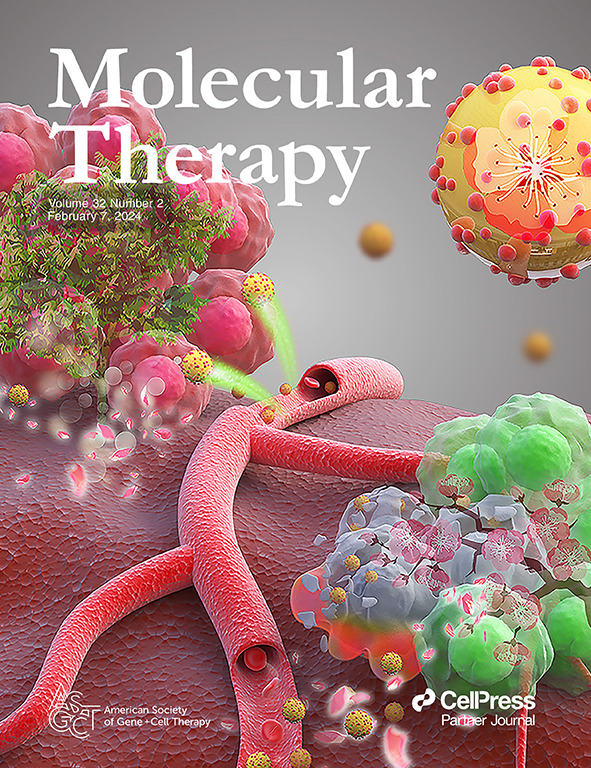表观遗传网络协调整个基因组的DNA甲基化
IF 12.1
1区 医学
Q1 BIOTECHNOLOGY & APPLIED MICROBIOLOGY
引用次数: 0
摘要
表观遗传景观支配着细胞在发育、衰老和疾病过程中的命运决定。尽管对DNA甲基化(DNAm)的理解取得了相当大的进展,但在基因组中协调其协调调节的机制在很大程度上仍然难以捉摸。最近测序技术和表观遗传编辑工具的突破使这些表观遗传相互作用的探索更加全面。dna的调控似乎是在表观遗传网络中组织起来的,这种网络以复杂的反馈机制为特征,这些反馈机制在局部、同源等位基因之间以及整个基因组中起作用。这种串扰是由各种分子成分的相互作用促成的,包括表观遗传书写者和擦除者的不同变体;募集DNA甲基转移酶的转录因子和其他调节蛋白的甲基化敏感结合;DNAm与组蛋白密码的交叉调控;三维染色质构象;长链非编码rna (lncRNAs)介导的调控作用;并可能在同源重组过程中被同化。这篇综述探讨了这些不同的表观遗传机制如何相互作用共同塑造甲基组,从而控制发育和疾病过程。本文章由计算机程序翻译,如有差异,请以英文原文为准。
Epigenetic networks coordinate DNA methylation across the genome
The epigenetic landscape governs cell-fate decisions during development, aging, and disease. Despite considerable progress in understanding of DNA methylation (DNAm), the mechanisms that orchestrate its coordinated regulation across the genome remain largely elusive. Recent breakthroughs in sequencing technologies and epigenetic editing tools enable more comprehensive exploration of these epigenetic interactions. Regulation of DNAm seems to be organized within epigenetic networks characterized by complex feedback mechanisms acting locally, between homologous alleles, and across the entire genome. This crosstalk is facilitated by an interplay of various molecular components, including distinct variants of epigenetic writers and erasers; methylation-sensitive binding of transcription factors and other regulatory proteins that recruit DNA methyltransferases; cross-regulation between DNAm and the histone code; 3D chromatin conformation; regulatory effects mediated by long non-coding RNAs (lncRNAs); and potentially by assimilation during homologous recombination events. This review explores how these diverse epigenetic mechanisms interact to collectively shape the methylome, and thereby control developmental and disease processes.
求助全文
通过发布文献求助,成功后即可免费获取论文全文。
去求助
来源期刊

Molecular Therapy
医学-生物工程与应用微生物
CiteScore
19.20
自引率
3.20%
发文量
357
审稿时长
3 months
期刊介绍:
Molecular Therapy is the leading journal for research in gene transfer, vector development, stem cell manipulation, and therapeutic interventions. It covers a broad spectrum of topics including genetic and acquired disease correction, vaccine development, pre-clinical validation, safety/efficacy studies, and clinical trials. With a focus on advancing genetics, medicine, and biotechnology, Molecular Therapy publishes peer-reviewed research, reviews, and commentaries to showcase the latest advancements in the field. With an impressive impact factor of 12.4 in 2022, it continues to attract top-tier contributions.
 求助内容:
求助内容: 应助结果提醒方式:
应助结果提醒方式:


